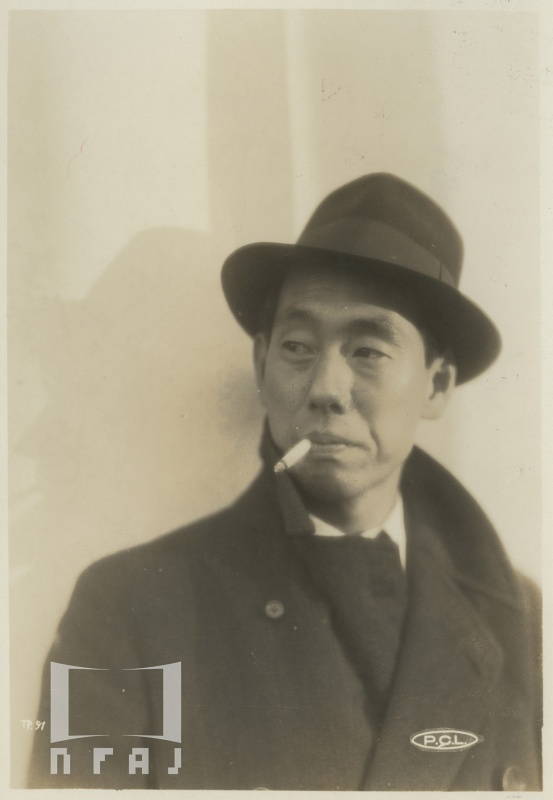NARUSE Mikio (1905-1969)

Joined Shochiku in 1920, where he produced a string of excellent silent works including Apart from You (Kimi to wakarete, 1933) and Every-night Dreams (Yogoto no yume, 1933). He moved to P.C.L. (later Toho) in 1934, where he pioneered a Japanese form of backstage drama known as geido-mono, films set in the historical world of the performing arts, with works such as Tsuruhachi and Tsurujiro (Tsuruhachi Tsurujiro, 1938) and The Song Lantern (Uta ando, 1943). After the war, he helmed a number of so-called "women's films" for which he is now best-known starring TAKAMINE Hideko in the leading female role; these include Lightning (Inazuma, 1952) and Floating Clouds (Ukigumo, 1955), which he adapted from the novels of HAYASHI Fumiko together with screenwriters TANAKA Sumie and MIZUKI Yoko respectively. In films such as White Beast (Shiroi yaju, 1950), Husband and Wife (Fufu, 1953), Sound of the Mountain (Yama no oto, 1954), and Scattered Clouds (Midaregumo, 1967), he used the themes of abortion and miscarriage to depict repeatedly on screen the lives of women resilient in the face of hardship. Swiss director Daniel Schmid was so enamored with the character of retired geisha Kin from Late Chrysanthemums (Bangiku, 1954) that he included scenes from the film in his documentary The Written Face (1996), which he shot in Japan.
(Written by MIYAMOTO Noriaki / Translated by Adam Sutherland)
(Written by MIYAMOTO Noriaki / Translated by Adam Sutherland)
[ Director ]
- Two In the Shadow (1968)
- Midareru (1964)
- LONELY LANE (1962)
- Onna ga kaidan o noboru toki (1960)
- Musume tsuma haha (1960)
- A HOUSE OF GEISHA (1956)
- Lightning (1952)
- Ginza Cosmetics (1951)
- A Tale of Archery at the Sanjusangendo (1945)
- Wife Be Like a Rose (1935)
[ Staff ]
- LONELY LANE (1962) -- Producton
- Wife Be Like a Rose (1935) -- Screenplay